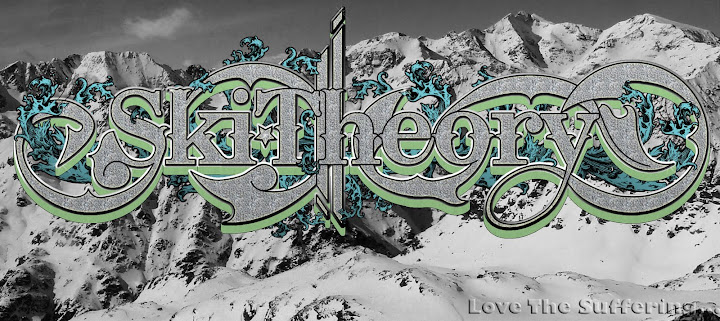The 09/10 ISMF rules indicate that the only snow shovels, which racers can carry while racing, must be defined as a "rescue snow shovel" by the manufacturer. Shovels (even probes) must now pass a strength test, which the current flexible shovels will pass. This ruling was designed to eliminate the use of Snow Claws. Are we as racers going to be carrying shovels such that weigh nearly three times that?
Snow Claws, from Arva and other companies, are still labeled as Snow Shovels weighing in at 173g but is this really a shovel? Companies such as G3, have metal shovels such as the SpadeTech (630g) or AviTech (640g mini / 770g telescoping) which easily chip through hard debris and ice. Grivel's Steel Blade shovel (left)coming in at only 400g, would be a great choice for ski mountaineering, but racing? The argument is; should we be sacrificing safety for weight, or does it matter as a race course is a controlled environment? What makes a shovel a shovel?
In the backcountry you must have a metal shovel, and a good strong one at that, not just a snow claw (photo right). When extricating a victim from an avalanche you can expect to be moving a lot of hard dense snow, and depending on the snow, a snow claw will just not hold up. But with different styles of digging these days, paddling (conveyor method) vs. digging down, isn't the Snow Claw taking advantage of the paddling conveyor method? Well, yes it is, but still does not have the leverage, cutting power, and durability that a metal shovel has, period. Avalanche debris is hard, full of cemented snow, ice, and is generally not that inviting to a soft shovel. In the backcountry, safety comes first, so why put the lives of your friends at risk to shave a few grams.
On the other hand, while racing, we aren't usually in an area that we expect to see a slide occur. Usually we are in the hands of the ski patrol, race coordinators, and mountain staff all who cannot afford the liability of sending racers into an uncontrolled area. In certain backcountry races, it should be 100% mandatory to carry a "real" shovel, but inbounds? Well that's the thing, even inbounds is not a for sure thing, as we have seen inbounds avalanches even after avalanche control work.
In an effort to standardize racing, the rule was designed to include both inbounds and out of bounds races. We may be thankful if disaster strikes, as it has before, to have the real deal when it comes to a rescue shovel. This ruling is actually a good thing in many ways. It is helping to push industry standards and provide racers and the public with the best product possible, and keeping everyone safe at the same time. You have to admit, aren't you already looking for the lightest "real" shovel on the market since this ruling?
10 November, 2009
Subscribe to:
Post Comments (Atom)









Has anyone actually done the probe strength test in the ISMF rules with the 3000g weight. I have two probes, one is big and burly the other light and thin for races. Both flex a huge amount under this load. Neither broke or deformed permanently but I did have to "fix the anchor points so that the probe didn't just flex right through them. Is this allowed? Does anyone know? Or are you just allowed to have the probe sit there on the anchors (ie: two chairs) without fastening the anchor points down?
ReplyDeleteI think some flex is fine. After all most probes have a specific amount of deflecting, the questions is how much for racing? We'll have to ask the ISMF officials, I know Dave has been to Andorra for a meeting, perhaps he may have the answer. Not very much info out there on this subject.
ReplyDeleteI wanted to thank you for this great read!! I definitely enjoying every little bit of it I have you bookmarked to check out new stuff you post. Best Snow Shovels in 2018
ReplyDelete